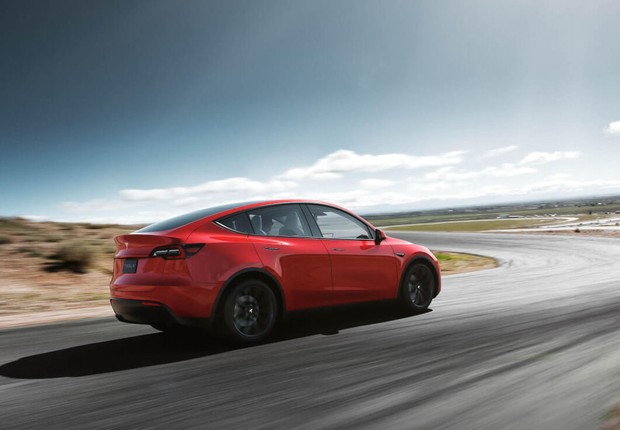Currently, the autonomy figures for electric cars sold in the United States and Europe are calculated under the EPA and WLTP approval cycles, respectively. These cycles are not the same, so the same model can obtain quite different autonomies under the EPA and WLTP standards (usually the lowest figure is the EPA, which is why it is generally considered a stricter cycle).
Interestingly, the relationship between the EPA and WLTP autonomies of the different electric cars sold in both markets is not linear. Now, the specialized medium for electric cars InsideEVs has carried out a comparison, obtaining that the average autonomy difference between both cycles is 1.14, with a median of 1.11, a maximum of 1.42, and a minimum of 0, 90.
Although, as we have previously indicated, most electric cars tend to obtain higher figures under the WLTP cycle, some Tesla models achieve greater EPA autonomy. Another point that draws attention is the massive difference in autonomy that can be found in models like the Porsche Taycan.
The truth is that the vast majority of journalists who have been able to test the Taycan in its 4S and Turbo versions have obtained figures much higher than those shown under the EPA cycle. Something that has also happened with other models such as the MINI Cooper SE. Original article author Mark Kane reflects that while WLTP autonomies tend to be optimistic, EPAs are becoming less reliable.
In his opinion, the real autonomy of an electric car could correspond to between 80% and 90% of the WLTP autonomy. In any case, it seems clear that the approved figures are still merely indicative, sinning in some instances as optimists and in others as pessimists. Also, it should not be forgotten that the autonomy of an electric car varies enormously depending on the type of driving, the average speed, etc.
Another satisfying conclusion is that manufacturers tend to develop their electric cars to achieve maximum autonomy under the specific conditions of the homologation cycle in their home market. This explains why some Tesla obtain better results under the EPA cycle than under WLTP, something that happens in reverse with most European models. Something similar occurs in China, where the NEDC cycle is still in force, already in disuse in Europe.

